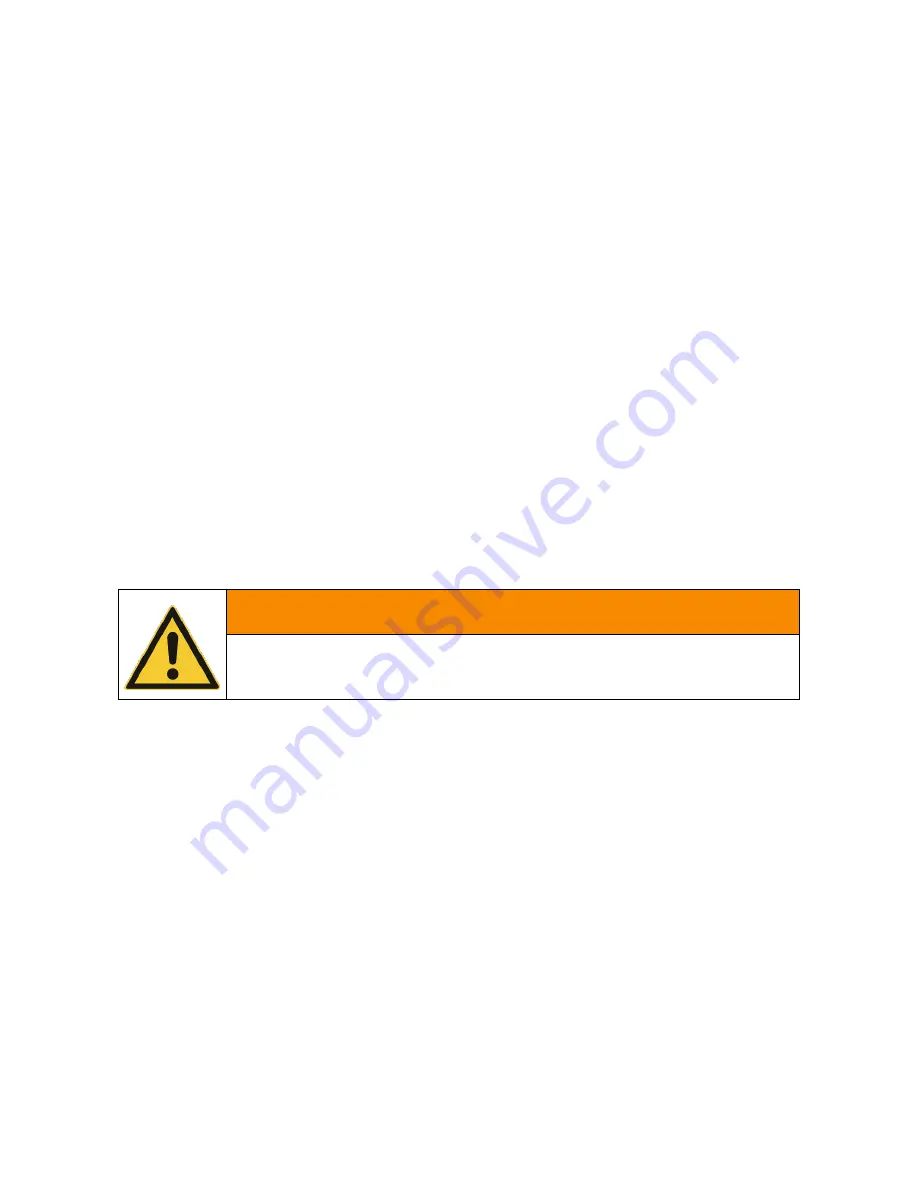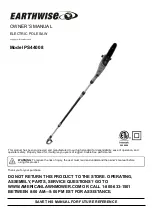
20
RAIL SAW SR-10-26-O & SR-10-26-1
ORIGINAL OPERATION MANUAL
Care of abrasive wheel
-
All abrasive blades are breakable and therefore care should be exercised in handling and storage to prevent damage. All
abrasive blades should be stored in a dry area and not be subjected to exposure to water or other solvents. Also avoid freezing
temperatures or humid conditions which cause condensation on the blades.
-
Thin organic bonded blades, (Rail Saw blades or Slotting discs used for cutting), should be laid flat on a flat surface of steel or
similar rigid material away from excessive heat, moisture, and other liquids. If thin blades are supplied with blotters attached,
suitable separators should be used to preserve flatness.
-
Blades used on cutoff saws carried on emergency vehicles should be removed after use and discarded or carefully stored as
described in this section
Wheel breakage
-
If a blade breaks during use, the operator should investigate to determine and correct the cause. If the operator cannot
determine the cause, the blade manufacturer should be consulted.
-
Blades designed for use with hand-held portable tools are reinforced and specifically manufactured for this application. They
are extremely tough and difficult to break under normal use.
6.1.2
Testing
WARNING
Never stick foreign objects, fingers, or other extremities into moving mechanisms. Failure to follow these
instructions may lead to severe personal injury or tool damage.
-
Mount the rail saw clamp to a test rail. Position the clamp so the cut off piece is only about 1 inch wide.
-
Mount the saw to the clamp.
-
Install a new cut off blade in the saw
-
Connect the saw to the power source. Run the saw at full speed and using a tachometer measure the RPM of the blade. The
blade should be rotating between 4,000 and 4,800 RPM. If the blade doesn’t fall with in this range see the Trouble Shooting
section of this manual.
-
With the RPM with in the specified range cut through the rail.
-
Check that the cut is square. Measure across the base with a tee square and from the base to the ball of the rail, the cut should
be square to within 0.06 inches (1.5 mm) in both directions. If the difference is greater see the Tool Maintenance section of this
manual for adjusting procedures.
6.1.3
Specification of the hydraulic system
The hydraulic unit should ensure a flow of at least 40 lpm (10 gpm) at a pressure of 138 bar (2,002 psi). The pressure must be
limited to 150 bar (2,176 psi). Measurements must be carried out at the minimum operating temperature by 10 °C (50 °F) of the
hydraulic fluid. Warm the hydraulic fluid if necessary.
The temperature of the hydraulic fluid must be limited to 60 °C (140°F).
We recommend the use of the hydraulic units D-23, E-15, G-18, G-21, G-23 or G-31 from PortaCo Inc.










































